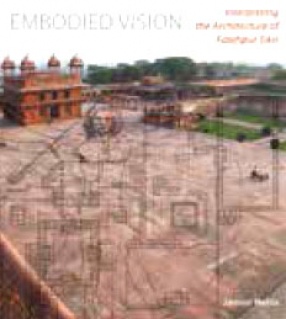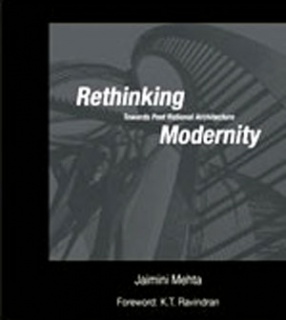Departing from the conventional path of describing and explaining the architecture of Fatehpur Sikri, Professor Jaimini Mehta delves into a series of representations the Mughal city has been subjected to and concludes that there is an inexorable tension at its core embodied in the constantly shifting axes, complex rhythms, raising or lowering of the ground planes, juxtapositions of mythical symbols and the conflicting pulls of traditions and human will. The space of Fatehpur Sikri is revealed to us through perception more than through geometry.
Professor Mehta’s unconventional interpretation of the architecture of Fatehpur Sikri emanates from his exploration of the history of architectural representation and leads him to conclude that the tools of designing, representation and analysis, i.e. various kinds of drawings, which we normally use today, did not exist in sixteenth-century India when Fatehpur Sikri was built. These drawings, which assume our “mind’s eye” hovering above the city and taking in the whole of reality at once, have failed to represent the existential lived experience of inhabitation of architecture.






There are no reviews yet.